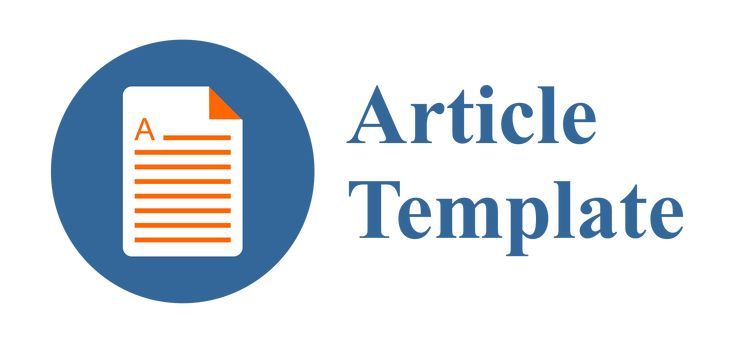KEEFEKTIFAN TEKNIK ECOLA (EXTENDING CONCEPTS THROUGH LANGUAGE ACTIVITIES) TERHADAP PEMBELAJARAN MEMBACA PEMAHAMAN CERITA ANAK PADA SISWA KELAS VII SMP NEGERI 2 WONOSOBO
Abstract
This study aims to prove the existence of differences in the ability to
reading comprehension of children’s stories between students who take the
learning by using ECOLA technique and those who take the learning without
using ECOLA technique. In addition, this study is also aimed to prove the
effectiveness of the ECOLA technique in learning of the reading comprehension
of children’s stories in class VII SMP Negeri 2 Wonosobo.
This research is a kind of experimental research design with pretest and
posttest control group design. Population in this research is class VII SMP Negeri
2 Wonosobo. The sample of this research is class VII D as a control class and the
class VII E as a experiment class that selected using random cluster sampling
technique. The variable of this research using independent variable and dependent
variable. The independent variable is ECOLA technique and the dependent
variable is ability of reading comprehension of children’s stories. Data collection
techniques use the test of reading comprehension of children’s stories. Normality
test results showed normal distribution of research data. Homogenity test results
showed homogeneous research data. The data are then analyzed using t-test.
The conclusions of this study is that there are some differences in the
ability to reading comprehension of children’s stories significantly between
students who take the learning by using ECOLA technique and those who take the
learning without using ECOLA technique. The difference is shown from the
results of t-test calculations of data posttest experimental class and control class,
which is done with the aid of a computer program SPSS 22.0. Of these data t-test,
t is unknown magnitude 3,884 with 66 df, p-value of 0.000 was obtained. The p-
value less than 0.05 (p = 0.000 <0.05). In addition, the use of ECOLA technique is
effective in learning to reading comprehension of children’s stories in class VII
SMP Negeri 2 Wonosobo. It is shown from the calculation results of t-test
analysis of data pretest and posttest ability to write text reviews the experimental
group obtained t of 12.03 with df = 33 and p equal to 0.000 at significance level of
0.05 (5%). The p-value is smaller than the significance level (0.000 <0.05).
Keywords: ECOLA, reading comprehension, children’s stories
reading comprehension of children’s stories between students who take the
learning by using ECOLA technique and those who take the learning without
using ECOLA technique. In addition, this study is also aimed to prove the
effectiveness of the ECOLA technique in learning of the reading comprehension
of children’s stories in class VII SMP Negeri 2 Wonosobo.
This research is a kind of experimental research design with pretest and
posttest control group design. Population in this research is class VII SMP Negeri
2 Wonosobo. The sample of this research is class VII D as a control class and the
class VII E as a experiment class that selected using random cluster sampling
technique. The variable of this research using independent variable and dependent
variable. The independent variable is ECOLA technique and the dependent
variable is ability of reading comprehension of children’s stories. Data collection
techniques use the test of reading comprehension of children’s stories. Normality
test results showed normal distribution of research data. Homogenity test results
showed homogeneous research data. The data are then analyzed using t-test.
The conclusions of this study is that there are some differences in the
ability to reading comprehension of children’s stories significantly between
students who take the learning by using ECOLA technique and those who take the
learning without using ECOLA technique. The difference is shown from the
results of t-test calculations of data posttest experimental class and control class,
which is done with the aid of a computer program SPSS 22.0. Of these data t-test,
t is unknown magnitude 3,884 with 66 df, p-value of 0.000 was obtained. The p-
value less than 0.05 (p = 0.000 <0.05). In addition, the use of ECOLA technique is
effective in learning to reading comprehension of children’s stories in class VII
SMP Negeri 2 Wonosobo. It is shown from the calculation results of t-test
analysis of data pretest and posttest ability to write text reviews the experimental
group obtained t of 12.03 with df = 33 and p equal to 0.000 at significance level of
0.05 (5%). The p-value is smaller than the significance level (0.000 <0.05).
Keywords: ECOLA, reading comprehension, children’s stories
Full Text:
PDFRefbacks
- There are currently no refbacks.

